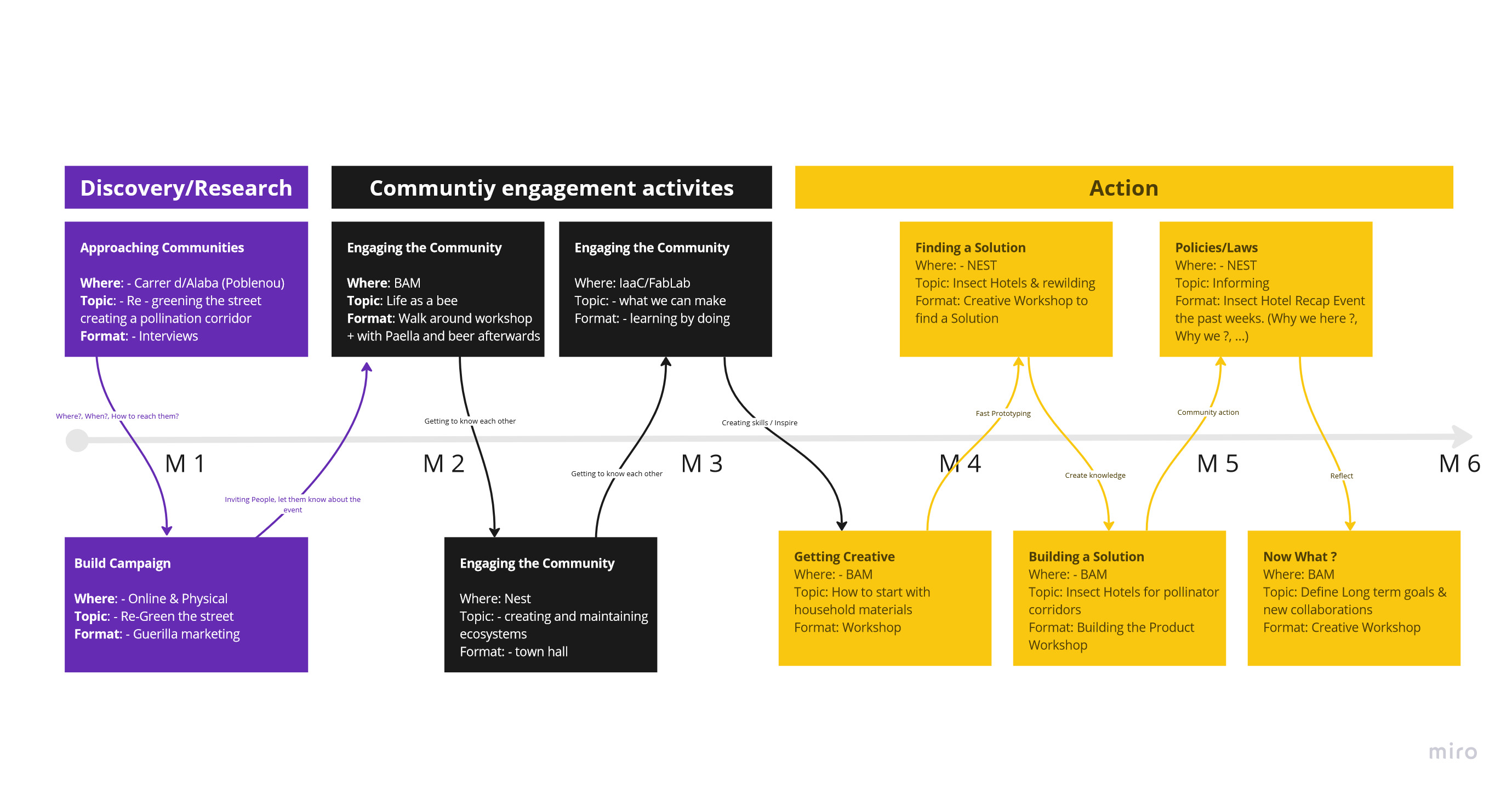Design with Others: Exploring Collaborative Design¶
Too Long Didn’t Read
This week we participated in the “Design with Others” module led by Merkel and Adria from Holon. The focus was on the importance of collaborative design, emphasizing that collaboration can enhance innovation and address societal issues more effectively. We learned that “others” in design include not just humans but also animals, plants, and even microorganisms. We explored how friction points within communities could be addressed through design. We engaged in extensive community research and collaboration with local initiatives like Bioma/Bam and NEST. Our intervention plan included visual elements, community engagement, educational workshops, and guerrilla marketing campaigns to create awareness and drive participation. The module highlighted the importance of considering the impact of our designs on all beings and systems, not just humans, advocating for a holistic and life-centered approach to design.
From designing alone to designing with others¶
This week we participated in a module focusing on collaborative design AKA “Design with Others”. Led by Merkel and Adria from Holon, a cooperative design studio in Barcelona’s Coopolis.
Holon’s ethos revolves around shaping transitions in everyday life through various design avenues, from product and service design to policy shaping.
The seminars focused on the crucial aspect of designing with others, highlighting the significance of collaborative efforts in addressing existing societal issues.
Throughout the week, we explored the idea of collaborative design, realizing how often as designers, we get tunnel vision in creating new solutions and it can get quite easy to forget to look around at projects others are working on addressing the same issues and reaching out to see if it’s possible to work together and speed up the process of innovation for positive solutions (I know I’m guilty of that sometimes).
We dug into the communities already working on the same issues we’re passionate about, learning how collaboration can speed up our collective progress.
One of the standout lessons was understanding that “others” doesn’t only mean humans. It extends to all the beings and systems affected by our work, from animals and plants to even microscopic bacteria. It’s a more holistic approach to design, that acknowledges that the objects we design have an impact on more than just the people we design them for, and that resonated with me.
“Others” doesn’t only mean humans. It extends to all the beings and systems affected by our work, from animals and plants to even microscopic bacteria.
Navigating Friction¶
We dove into design as a political practice and grappled with our role in complex systems. Soil and Land became our theme for the week, examining how we could design within the communities dependent on these vital resources.
We kicked off the seminar with an interesting exercise in the neighbourhood of Sants, where we identified friction points within the neighbourhood. These points were personal triggers and societal tensions, serving as pivotal markers for further exploration. Initially challenging, it helped us pinpoint areas causing friction on personal and societal levels. From there, we split into groups based on the issues that hit home for us.
In my group, we largely focused on the degradation of soil and land in urban spaces. The constant cycle of construction and neglect of the environment struck a chord, leading us to question its connection to political cycles and its impact on community well-being.
A significant highlight was our visit to La Borda, a pioneering cooperative housing complex in Barcelona. Witnessing their communal living model sparked thoughts on alternative housing approaches and their potential societal benefits.
Intervention: Urban Regreening and Pollinator Corridors¶
A pivotal aspect of the seminar involved translating our learnings into actionable interventions. In our group, we focused our efforts on tackling the loss of green spaces and biodiversity in urban environments. Our intervention stemmed from our belief that such degradation adversely affects not only human communities but also non-human ecosystems.
We targeted a specific street in the area of Poblenou, strategically chosen to link two isolated green spaces along its route. The concept was to create a pollinator corridor, a vibrant and biodiverse pathway embedded within the urban landscape.
The initial phase revolved around extensive research into existing community initiatives addressing urban green environment degradation. Bioma/Bam and NEST emerged as pertinent groups, and leveraging their expertise became an integral part of our intervention strategy.
Our plan was comprehensive. We aimed to engage the entire neighbourhood community along the chosen street, instilling a sense of ownership and responsibility for the project. We envisioned a multifaceted approach, combining visual elements, community engagement, and educational workshops.
To create a compelling narrative, we developed a brand proposal and a guerrilla marketing campaign. Utilizing AI-generated visuals, we crafted images envisioning the transformed street, complete with native flowers and insect hotels adorning the trees lining the path.
In addition to visual aids, we designed informative posters to disseminate the message throughout the neighbourhood. These would serve as catalysts for sparking curiosity and awareness about the potential transformation of the street into a thriving pollinator corridor.
The intervention blueprint extended beyond visual elements. We meticulously planned a series of workshops, hosted in collaboration with Bioma/Bam and NEST. These workshops aimed to empower residents with the knowledge and skills necessary to contribute actively to the initiative.
We even created a video showcasing an activity to be done with members of the community but mainly target at children to “Be a Bee”, helping them to try and experience what it would be like as a pollinator trying to find spots to rest and refuel along the way between the different green spacs we were trying to connect.
Utilizing collaborative tools like a shared Miro board, we consolidated ideas, ensuring a cohesive and inclusive planning process. Our efforts culminated in a well-structured intervention proposal that would be ready for community implementation.
Personal Thoughts:¶
I really enjoyed this week’s module, it’s easy to think that of course we design with others, that’s exactly who we design for! and it many ways we do just that, and I thought the same, but when I thought about it — and maybe this is because I’m still quite new at this and I really know nothing at all — it’s actually really easy to forget about the effect you might have on communities not included in your original project scope, maybe that’s other groups of people or maybe that’s non-human communities, either way what we put out into the world has an effect on these groups as well and it’s so important to try and include what they would need from the beginning as well.
Maybe our focus should pivot to a more Life-Centred Design approach (a school of design thinking I’ve recently come across that tried to address exactly this) and I think that’s going to be a very exciting field of design to be working in over the next few years. this module really showed me how design is actually all about working within a world of transitions, and one of the best things we can do as designers is to help facilitate those transitions through all the tools, knowledge and people skills we have, building off of the work of others and standing on each other’s shoulders to create in new ways that remain sustainable, ethical and regenerative for the years to come.

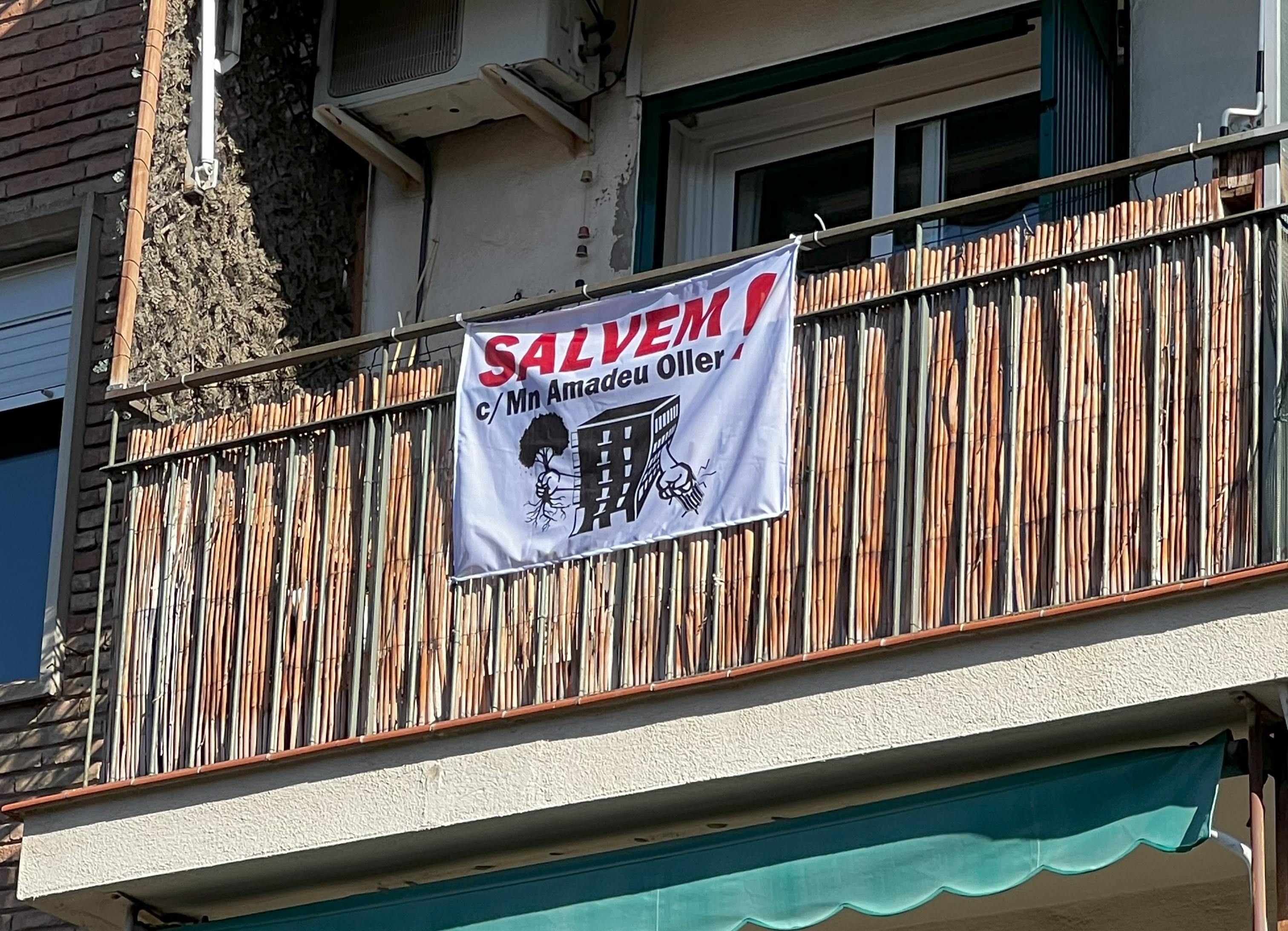
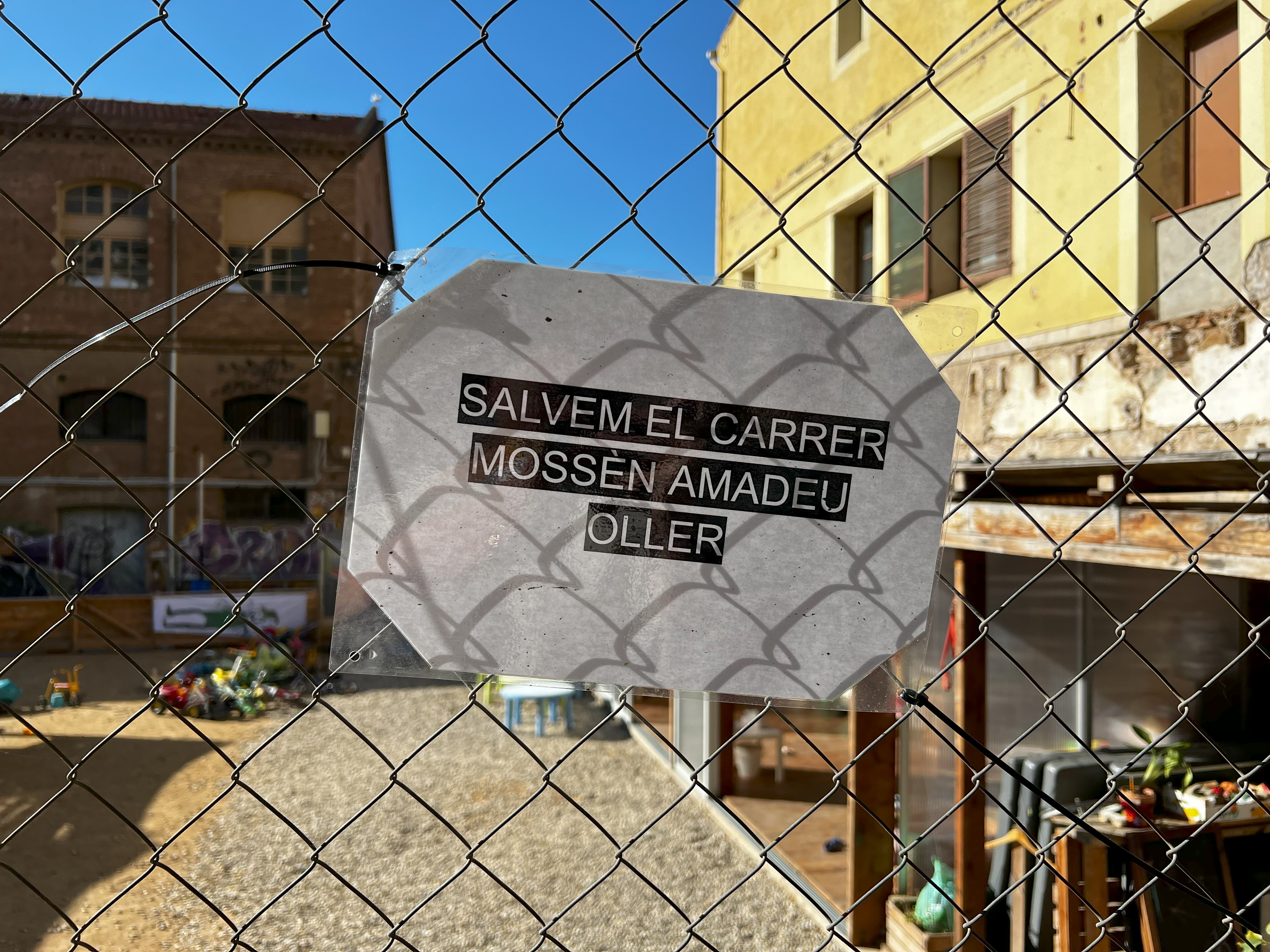
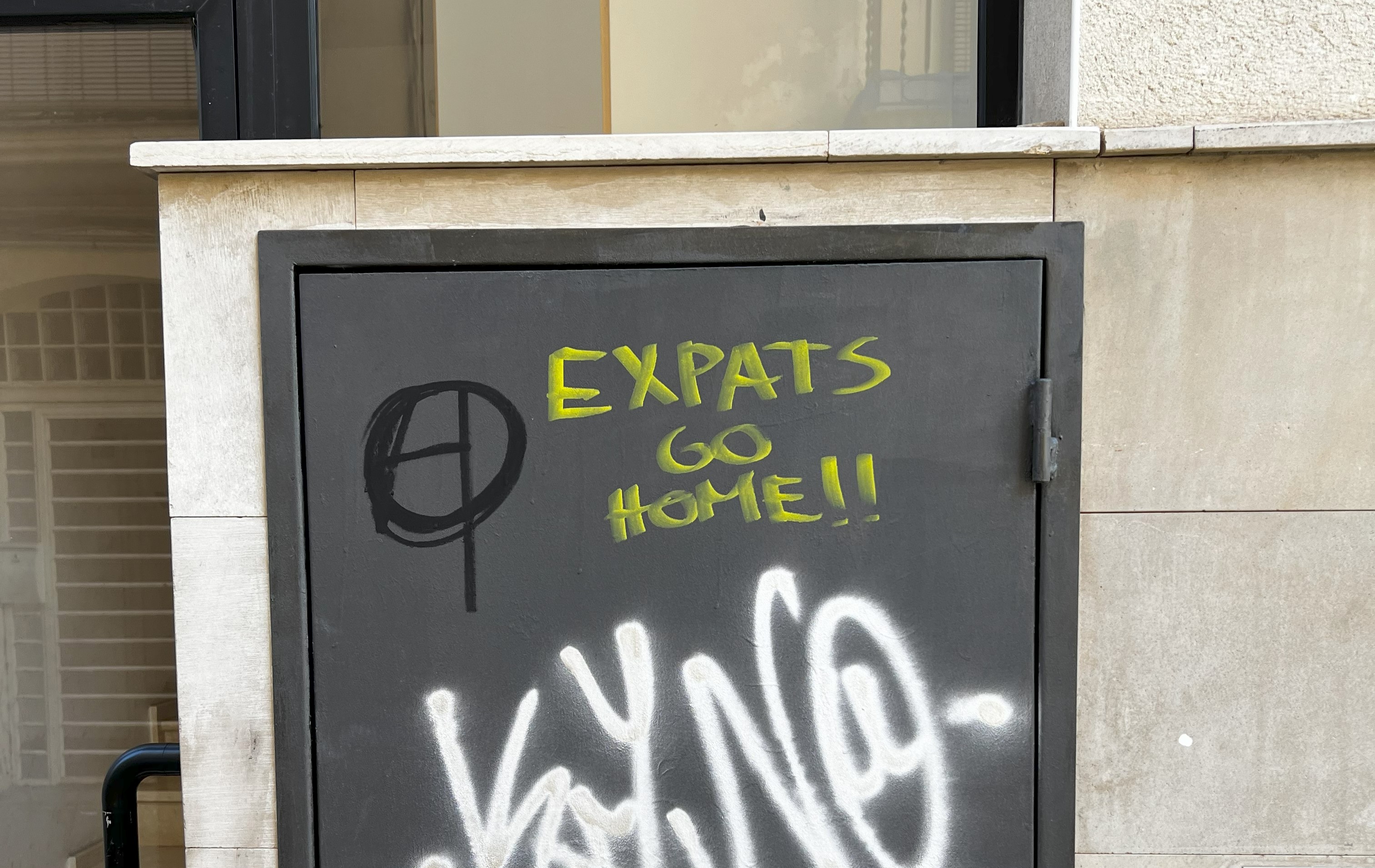
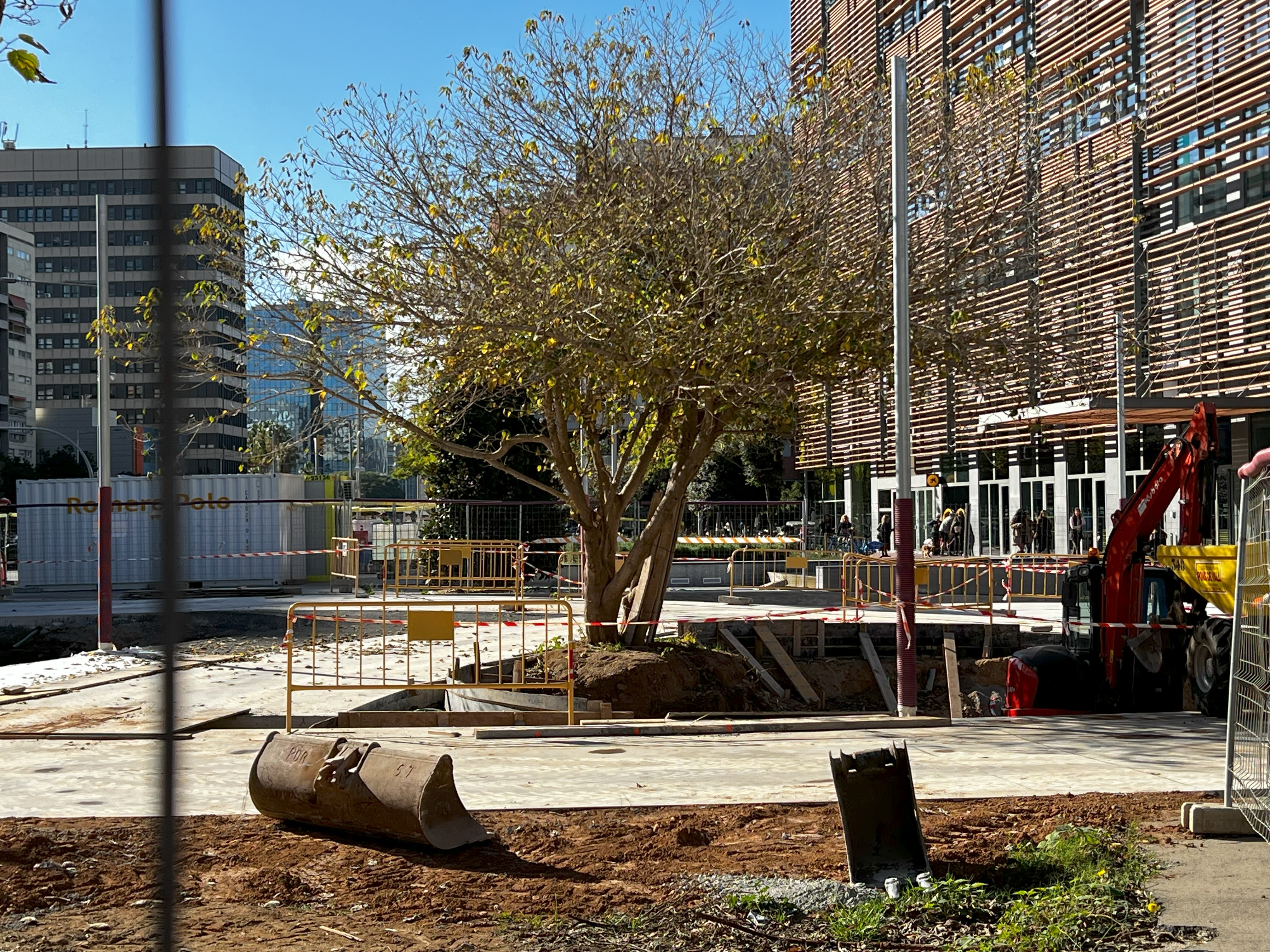

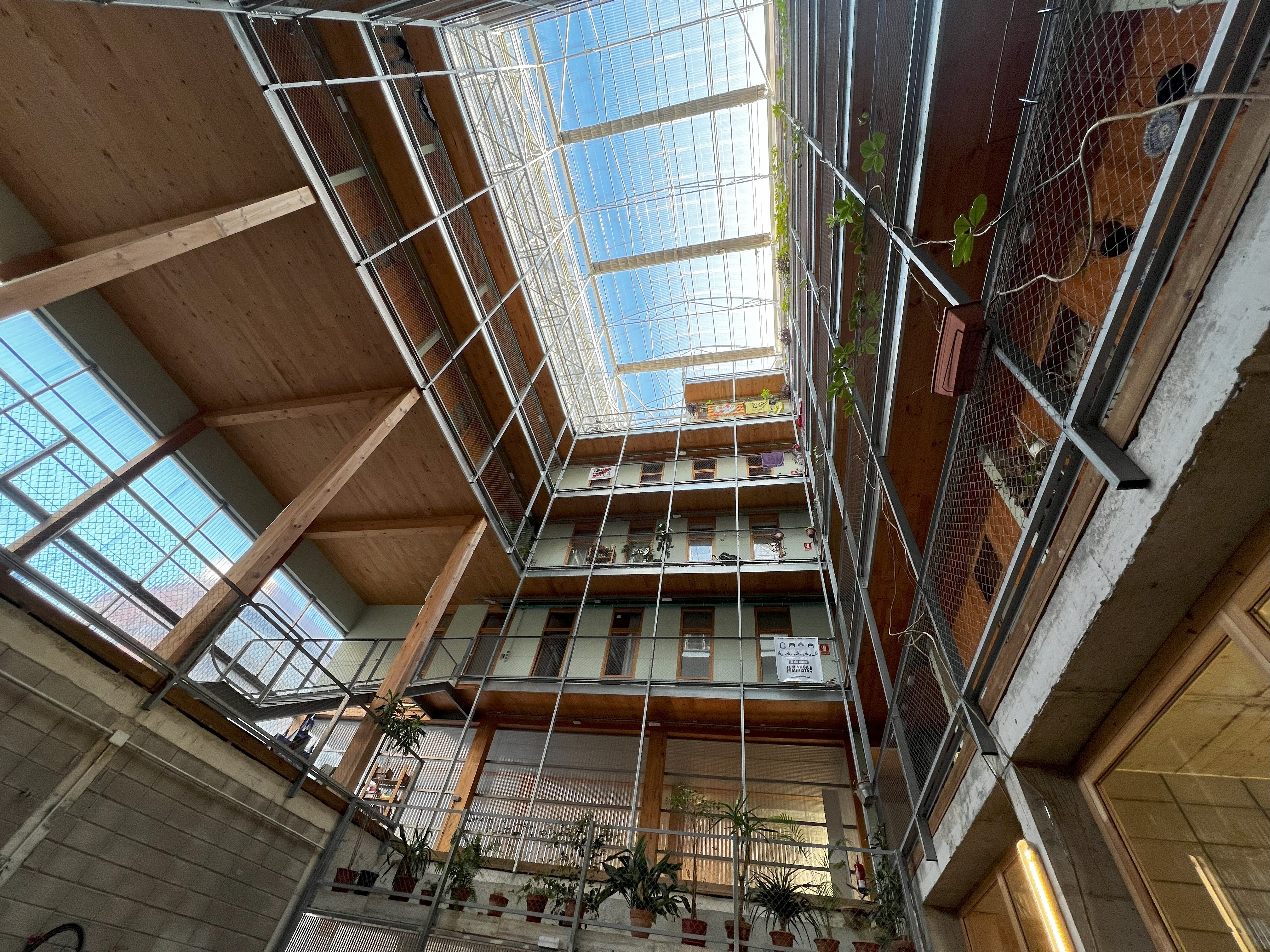
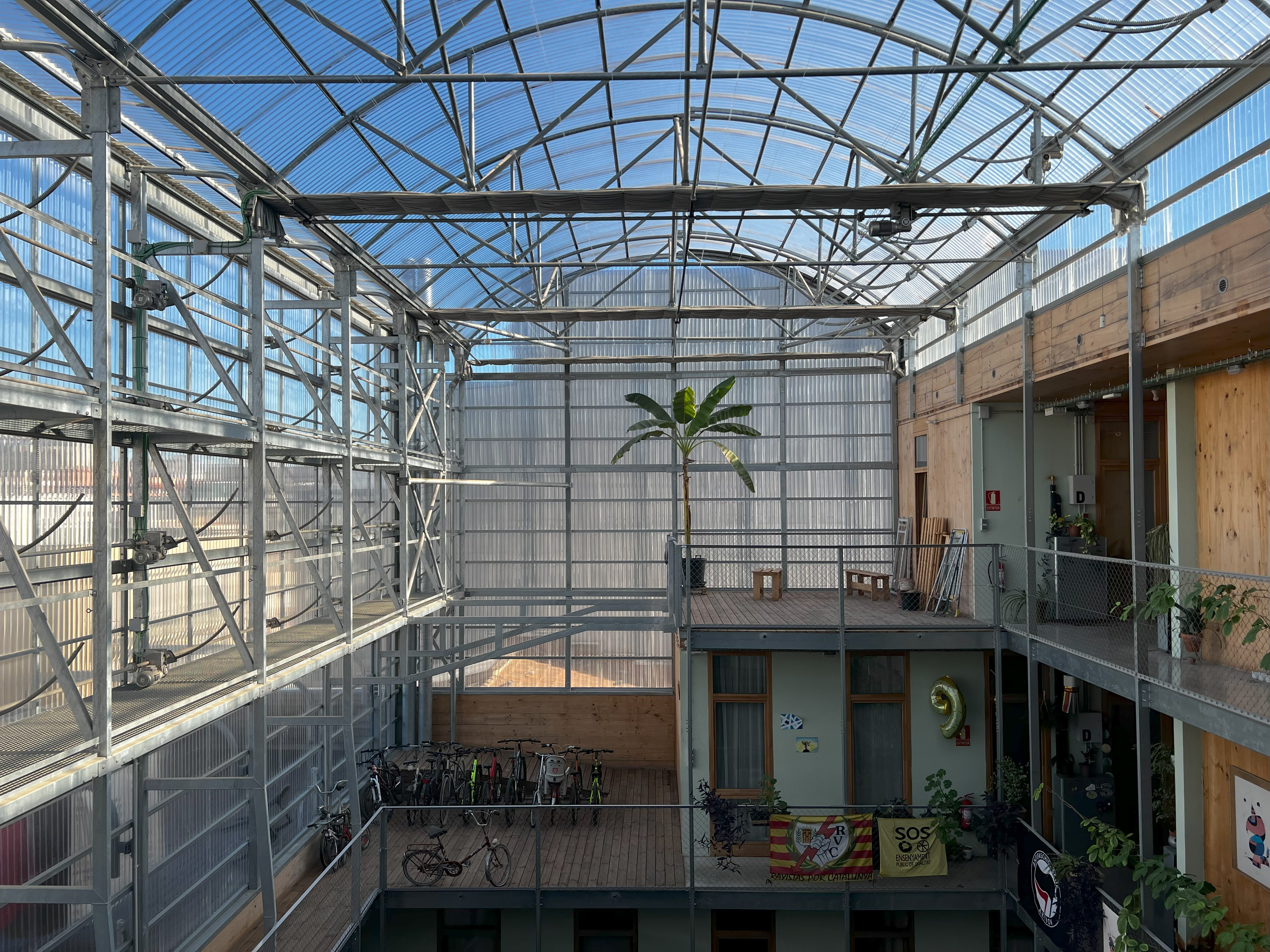
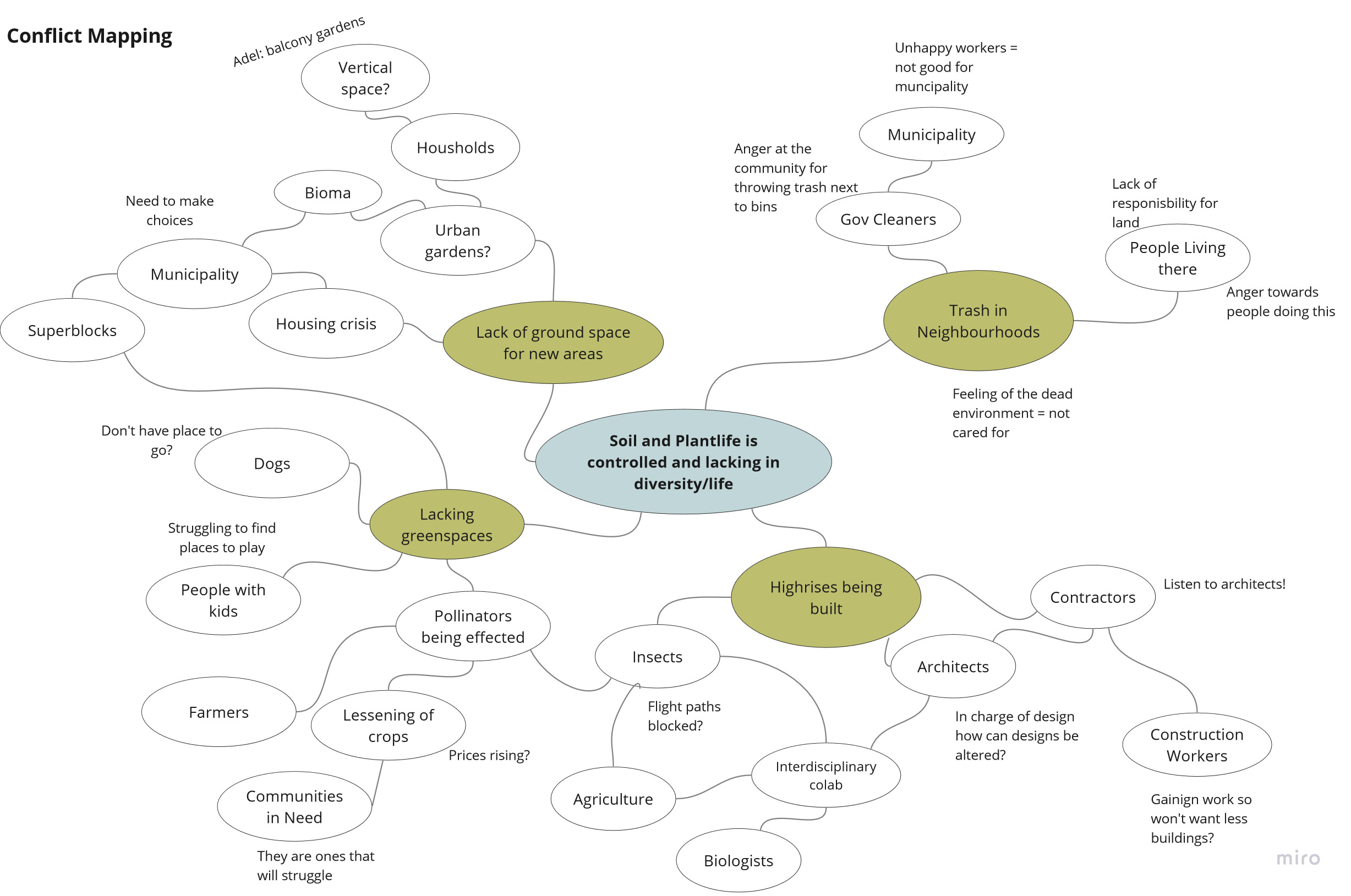
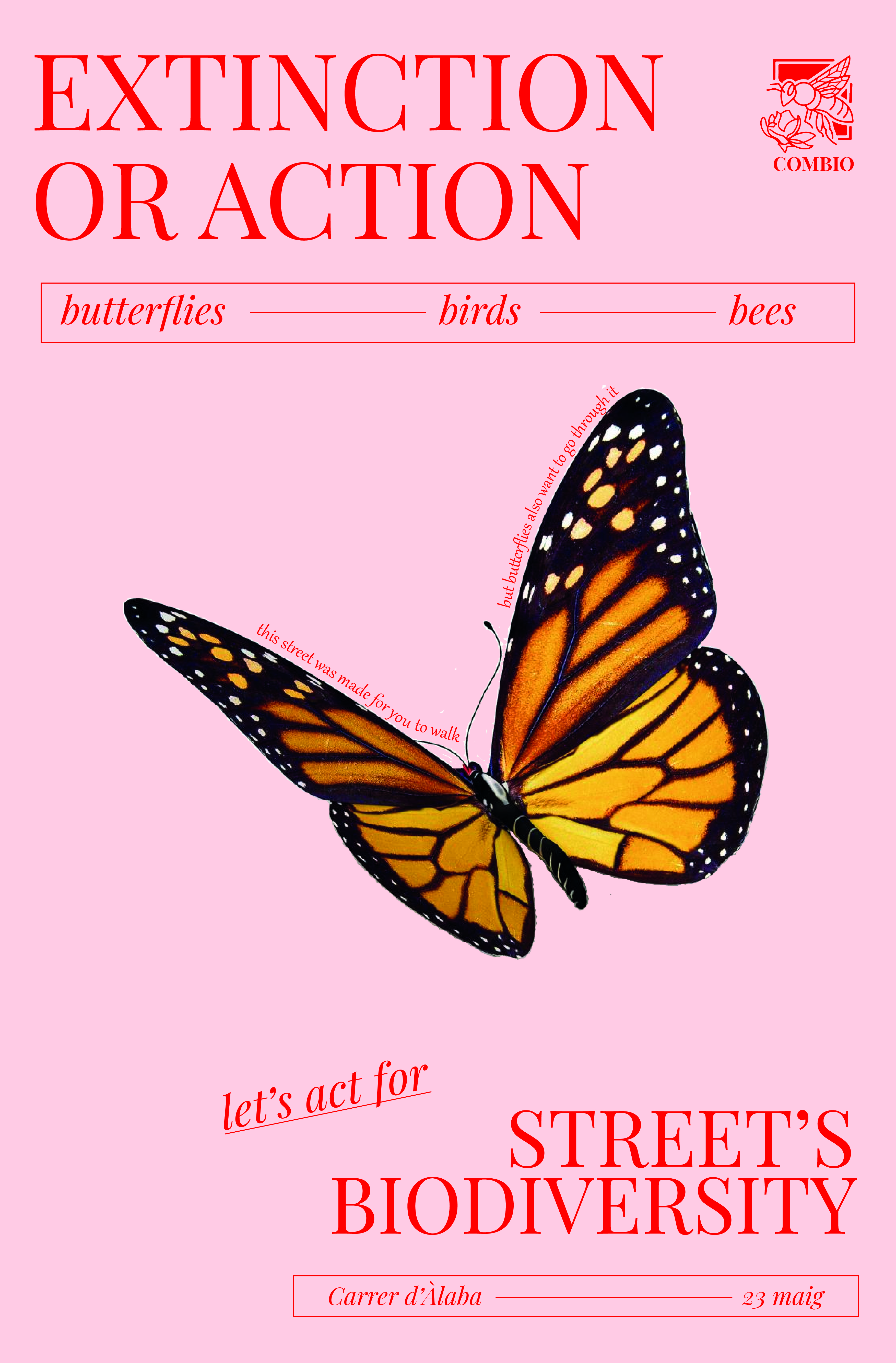
.png)

